Video Problems

I have never embraced video as a heaven-sent tool for dance. Everything about it always seems like a good idea. Primarily used as a device to help choreographers and dancers remember rehearsal inventions or as a documentation of performances otherwise left to the memories of a few, it is held out as a kind of salve to ease the sting of ephemerality. While it is a practical way to show what it is that I do, I am always left feeling like the thing itself robs my dances of something integral—namely, their resistance to definition.
Dance has the ability to be many things at once before slipping away so that these things become other things in our remembrance of them. But video is generally regarded as definitive. Locked down. To change video after the fact requires editing and manipulation. Maybe I have never gotten over that awful experience of self-criticism at the core of using video. Watching oneself–watching one’s work–necessitates confronting what one doesn’t like or appreciate. But stronger than vanity is my desire to find something honest in my work. I feel like I’m supposed to think that video is more honest than I am. But in fact it relays only one version. In doing so, it lies.
In the studio, video captures an elusive improvisation so that it can become known and repeatable. Yet to improvise is to practice being present. When I improvise I feel yoked to my feelings and imagination. Watching and relearning an improvisation detaches me from that experience, putting the action into the realm of judgment. Experience becomes product.
And then, too, there is the awkwardness of having to learn something that evidently came naturally at one moment but is now rendered alien: something to be perfected and worried over. Maybe what I cannot remember from one rehearsal to the next isn’t really worth laboring over? Maybe my natural recollection of material is akin to a gentle, forgetful editor, tapped into the big picture rather than the details. I love specificity but find this desire can run amok if I do not simultaneously listen for what is unknown. I am trying to make things not necessarily “right” or “good” but fundamentally in motion.
And then there is documentation. While video captures a performance, it also immobilizes it. The language is violent: to capture is to control by force. Part of the struggle and allure of making performance is its condition of impermanence; to varying degrees, dances change from show to show. What felt magical, funny, relevant, or impossible one evening seems flat, somber, immaterial, and imaginable the next. Performances often strive to repeat themselves, in spite of a variety of changing conditions from the incidental to the drastic. This elasticity is of primary interest to me.
It wasn’t always. I used to prioritize the final performance of a dance over the process of creating it. I treated the endeavor of choreography as something with an idealized conclusion, and this striving sterilized the very thing it sought to serve. Making a dance was about trying to make something exact and realized–“finished” for an audience. As a performer, I was mindful of presence and aware of the fluctuations and drama of performance, but as a choreographer, I wanted to make my dances impervious to change. It feels such an admission to write that; it now seems so misguided. I suppose somewhere along the way I came to realize that I am constantly changing things, maybe to allow for my own fickleness. I am doing a lot of work to make my dances allow change to exist and develop. So video becomes a difficult blow to my desires for evolution. Rendering an activity that occurs within space and between people is a very different experience than watching something fixed in time on a flat screen. There is no more randomness—and I think ultimately my work may be more about the randomness and squishy, weird problems than about what gets caught. My choreography looks like it is about repetition and structure, but the dance is dealing with the stuff that falls outside those rigorous containers.
I love reading about dance—not to hear someone’s opinion about whether something was good or not, but so that I may regard someone’s experience of seeing-feeling dancing. This writing is its own art, its own piece, holding hands with a dance that has disappeared. I want video to do this as well, to be its own thing, with its own self-referential language, inspired by the dance but not trying to tame it. I would like to try to do this. Maybe next time I make a dance the performers can randomly decide to video it while moving. I am not sure if I want more control of image-catching or less. Probably both. I think a successful documentation of my work would look nothing like its performance and somehow make me laugh or gasp. Maybe it could be self-deprecating and personally invasive. Knowing myself, exaggerating what I find most repellent will lead me to some new love affair with the medium.
